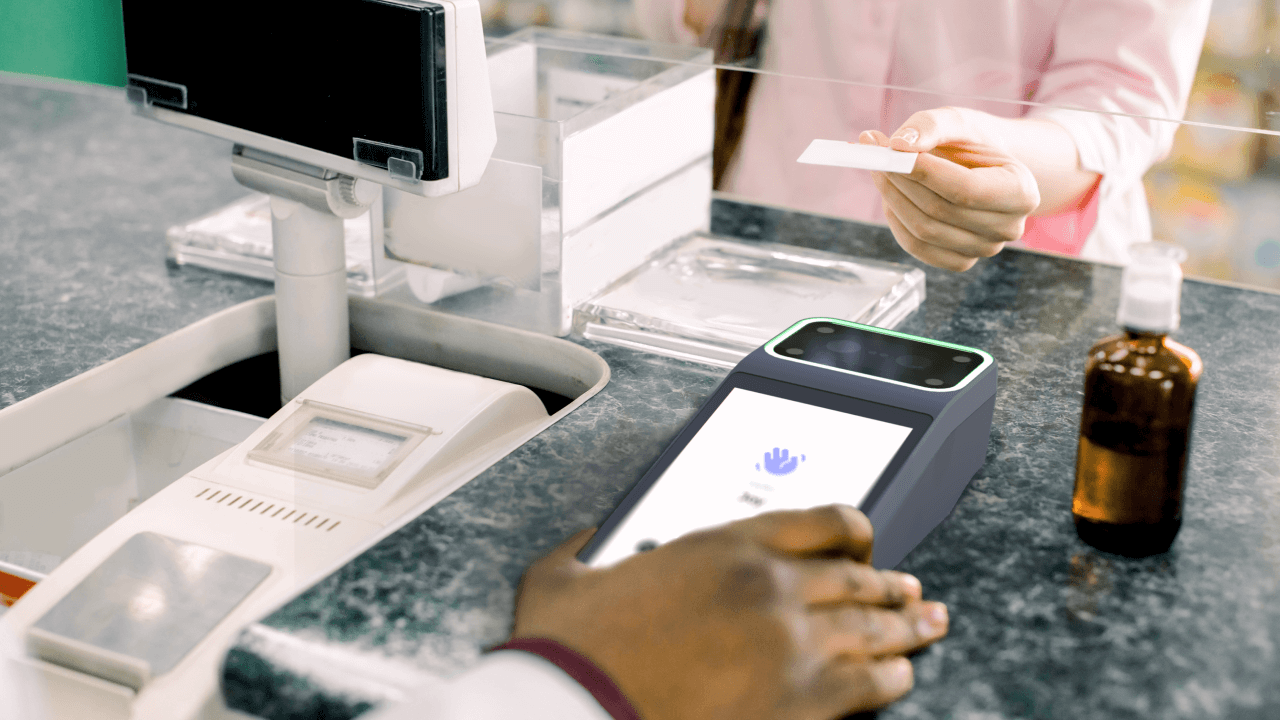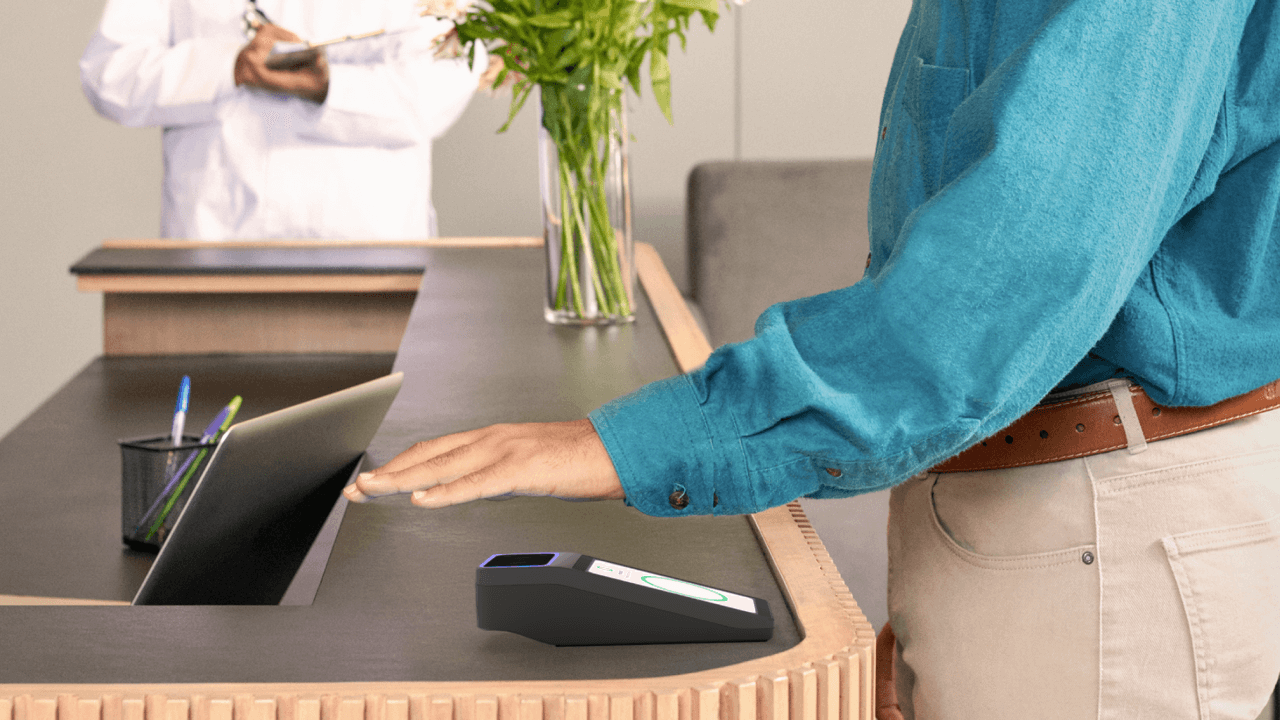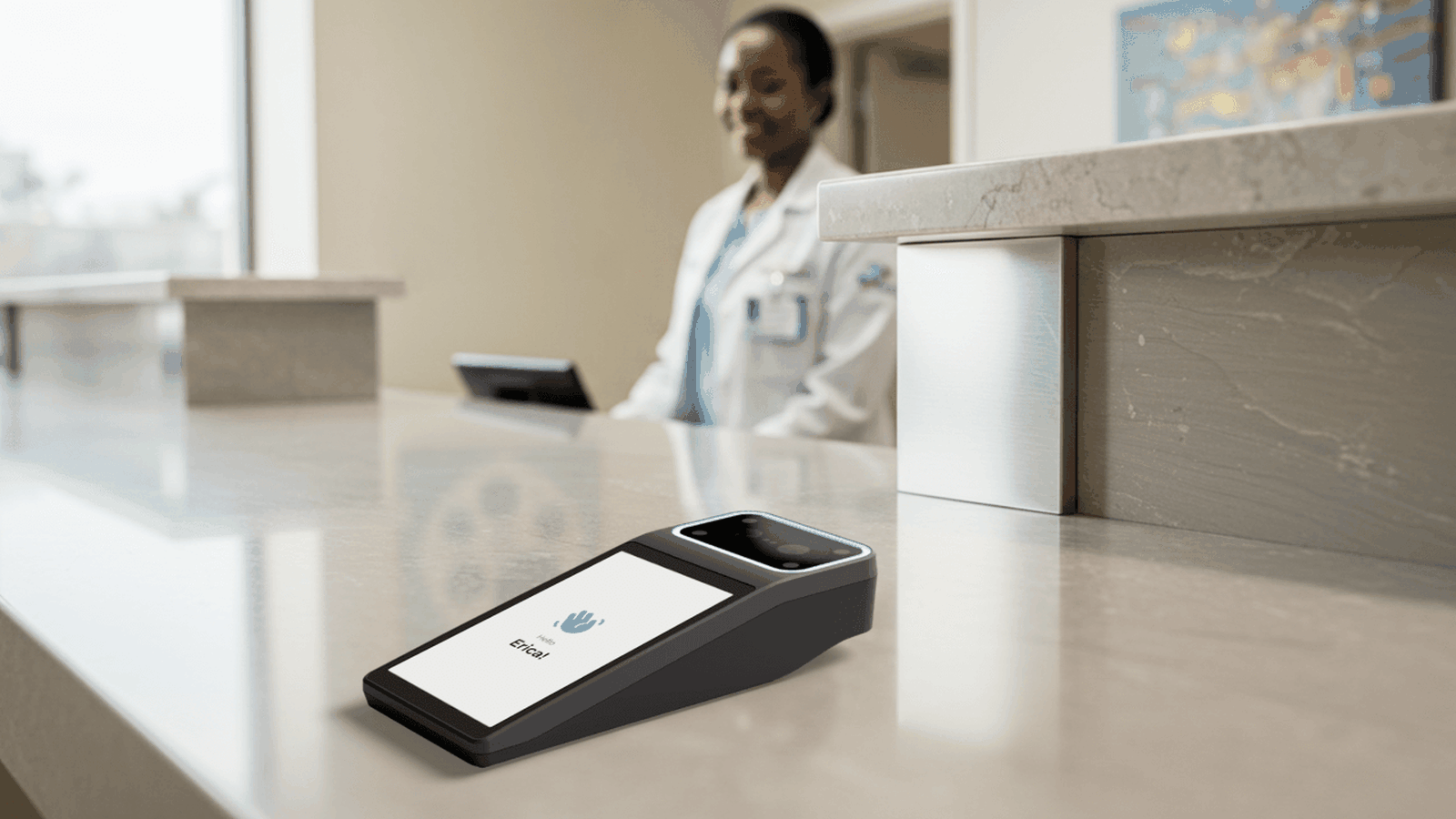In today’s high-pressure healthcare environment, hospitals must do more than deliver medical services—they must provide security, speed, and trust at every point of care.
From overwhelmed staff to outdated intake systems, traditional identification methods are holding healthcare back. The future of hospital operations isn’t paper, plastic, or passwords. It’s biometric, it’s contactless, and it’s built into the human body.
Patient biometric ID, biometric technology that uses a person’s unique palm pattern, is emerging as the next global standard in healthcare identification. It’s already transforming hospital care worldwide.
Why healthcare leaders must rethink patient identity
The patient journey begins with identification. If that moment is broken, everything that follows is at risk—from billing to medication safety.
Hospitals today face:
Long registration lines and intake bottlenecks.
Misidentification risks that lead to clinical errors.
Fraud and duplicate records that drain resources.
Mounting expectations for fast, digital-first experiences.
Healthcare needs a breakthrough, not another workaround. Biometric ID eliminates the need for cards, forms, and fragile systems. It replaces doubt with certainty.
What is palm-powered authentication—and why does it matter?

Palm-powered systems use biometric scanners to map a patient’s unique internal palm vein pattern. They are a secure, contactless, and privacy-first way to instantly and accurately identify people.
How palm biometrics provide value to patients and staff:
Patient check-in: No forms. No delays. A simple wave of the hand verifies identity and links to the right medical record.
Billing & payments: Eliminate mismatches and disputes by linking verified IDs to accurate financial data.
Access control: Secure high-risk areas with palm-based staff authentication—no keycards required.
Medical safety: Ensure the right patient receives the right medication, treatment, and care—every time.
Unlike facial or fingerprint systems, palm biometrics are internal, nearly impossible to forge, and remain consistent for life.
The hidden cost of misidentification in healthcare
The World Health Organization cites patient misidentification as a persistent global safety risk. Inaccurate identity links can lead to:
Medical errors and wrongful procedures.
Delayed or denied insurance claims.
Mismatched health records and duplicated files.
Lost trust in the system.
Palm-based identification addresses this head-on. It’s not just secure—it’s singular. One patient, one record, one match.
Keyo: Enabling a new standard for global patient identity

At Keyo, we’re building the future of biometric healthcare—starting with identity.
We’re not just a technology vendor, we’re a full-stack partner offering:
Turnkey biometric hardware: Scalable and hygienic devices designed for high-volume healthcare environments.
Developer-friendly infrastructure: APIs and plug-and-play apps for fast integrations into EHR, billing, and access control systems.
A global ID vault: Our privacy-first platform stores and protects biometric data with the highest compliance and encryption standards.
Deployment support: From pilot to scale, our integration teams work alongside hospital staff to ensure success.
We’ve implemented palm-powered ID systems for hospital networks serving millions in Africa. The result: lower wait times, fewer errors, higher patient satisfaction, and stronger operational resilience.
How hospitals can start with biometric ID
Integrating biometric identity into your hospital system is not as complex as it once was. Here's a roadmap:
Audit your systems
Identify where ID friction causes delay, confusion, or cost, from patient intake to billing to staff access.Choose a strategic technology partner
Work with a provider like Keyo that understands healthcare, compliance, and operational scalability.Launch a pilot
Test biometric ID in a high-impact department. Collect feedback. Optimize.Train & communicate
Ensure staff and patients understand the benefits, security, and process. Build trust through clarity.Scale with confidence
Roll out hospital-wide with data-backed confidence and support from your integration partner.
A real opportunity to improve patient trust, safety, and access
As healthcare continues to evolve, so too must the systems that support it. While new treatments capture headlines, many of the most impactful innovations begin behind the scenes—with the way hospitals identify, verify, and serve patients.
Palm-powered biometric identity is not a silver bullet, but it is a promising opportunity. Around the world, hospitals are already using it to reduce check-in times, cut down on fraud, and ensure the right patient receives the right care safely and efficiently.
Early adopters are seeing measurable gains in operational efficiency and patient satisfaction. It’s worth exploring what this technology can do for hospitals navigating rising expectations and tighter margins for your teams and the communities you serve.
At Keyo, we’ve partnered with healthcare providers of all sizes to implement scalable, secure biometric ID systems—backed by thoughtful integration and a focus on patient trust.
If you're curious about how this technology could fit into your strategy, we’re here to share what we’ve learned.
Learn more at keyo.com.
